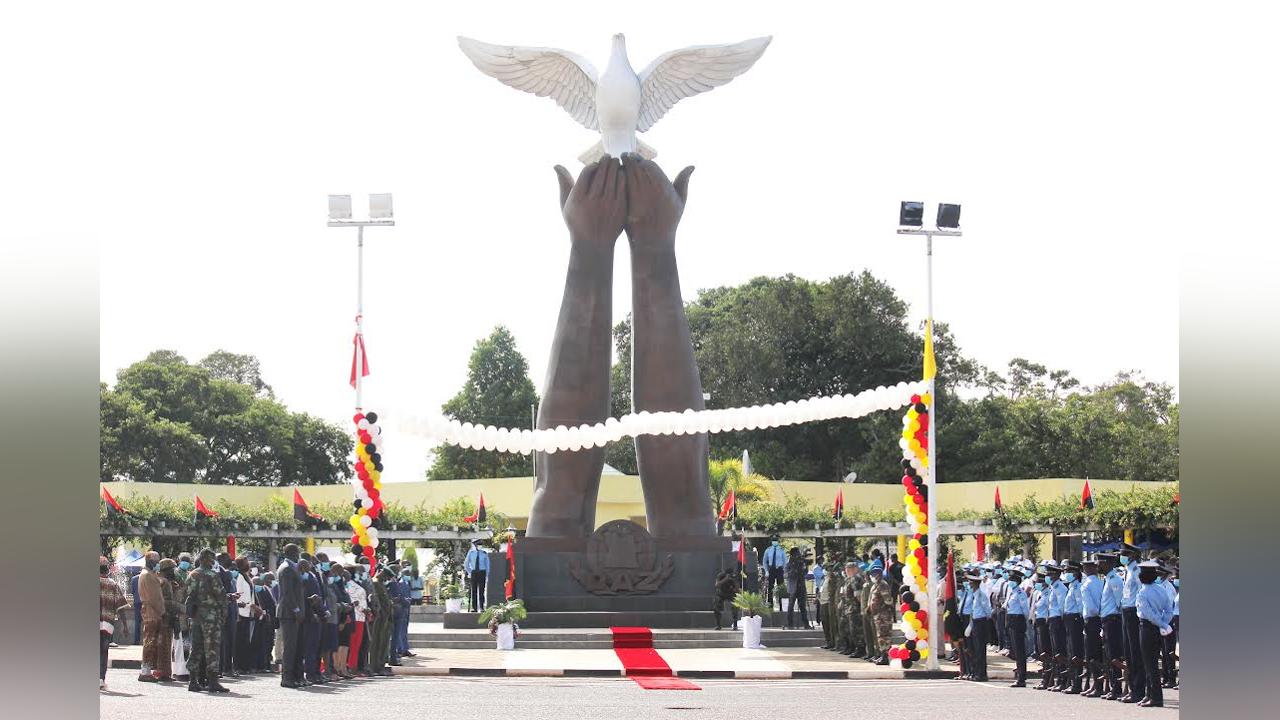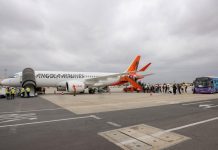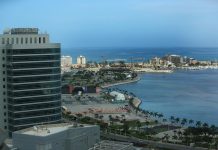Africa-Press – Angola. The province of Moxico represents great symbolism in the political panorama of Angola, as it was the stage of the negotiations that determined the definitive reach of peace, the second greatest achievement of the Angolans, after the proclamation of National Independence, on 11 November 1975 .
It was in the immense and dense forests of this province, the largest in the country, with 223 thousand 23 square kilometers, representing 17 percent of the national territory, where several military combats took place, decisive for the end of the war.
After numerous attempts to achieve peace, under the mediation of the international community, which however failed, it was the city of Luena, capital of Moxico, which hosted the last stage of the long period of negotiations between the Angolan Armed Forces (FAA) and the extinct Armed Forces. Armadas de Libertação de Angola (FALA), then the military arm of the UNITA party.
The negotiations culminated in the signing of the Luena Memorandum, on 30 March, a key step towards the cessation of hostilities, following the death in combat of the then leader of UNITA, Jonas Savimbi, on 22 February 2002, marking the end of decades of war between estranged brothers.
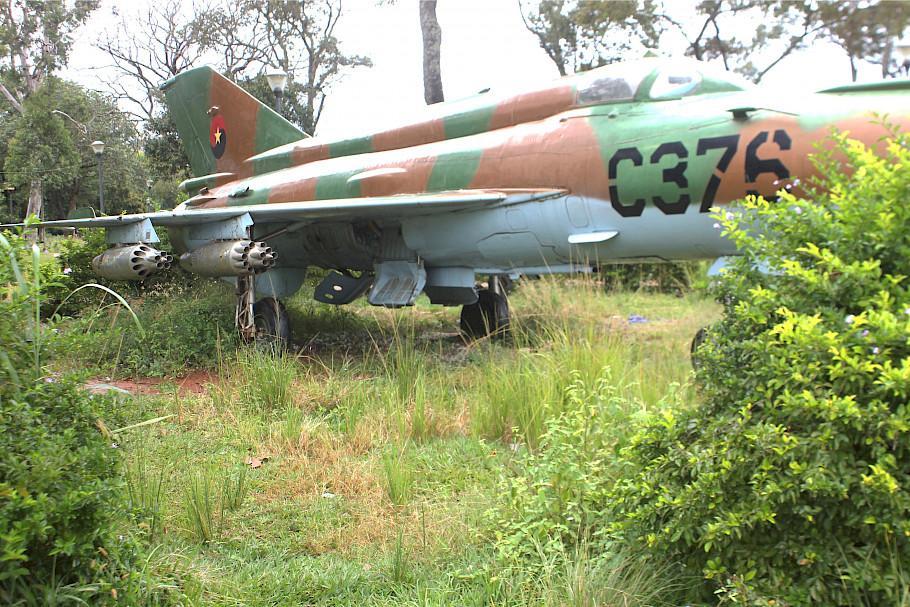
The Memorandum of Understanding marked the beginning of a new cycle for this young Nation, independent since November 11, 1975, and created the bases for economic growth and the multifaceted development of the country.
In this process, Moxico will remain in the annals of Angola’s modern history, as the province of the guerrillas and guerrillas, given the dedication and contribution of its “sons” in the struggle, not only for the conquest of peace, but also for Independence National.
The combat capacity, resistance and resilience of the population of this region of the country were tested, mainly, in 1991, when, for 45 days, the city of Luena was surrounded and incessantly bombarded by the forces of the extinct FALA.
According to sources consulted by press, the attacks were intended to pressure the Government to agree, quickly, with the points proposed by UNITA in the negotiations, within the framework of the Bicesse agreements, which were taking place in Portugal.
“The 45-day war was the worst moment that the population of this province experienced, because, in the midst of much suffering, they began to eat everything that appeared, due to lack of food. There are people who ate crows and rats”, recalls the historian Francisco Chiwende.
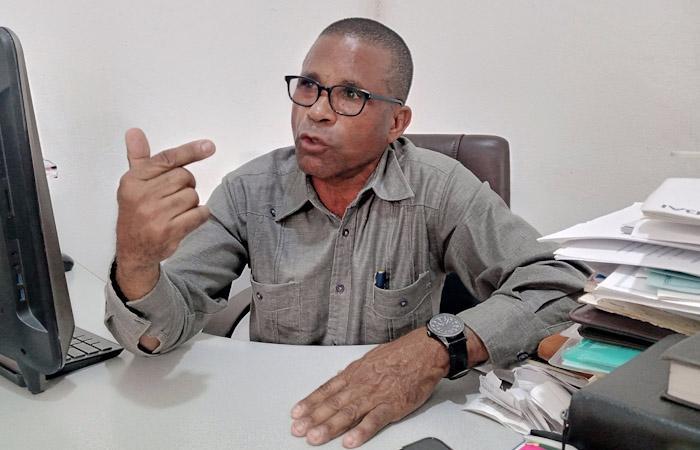
According to reports by some survivors of the “45 days’ skirmishes”, the city was besieged in all geographical extremes by the FALA, preventing the entry of vehicles from the neighboring province of Lunda Sul, and the landing of planes, to supply the province with food.
According to Francisco Chiwende, at the time, Moxico was a strategic area, taking into account its geographic location and proximity to the Democratic Republic of Congo (DRC) and Zambia.
The researcher also adds that the duration of 45 days was only surpassed with the combative spirit of the local population, which always carried in itself the guerrilla vein.
Lucusse in the plane of peace
However, it was in 2002 that Moxico finally entered the path of peace, following the offensive that resulted in the death of Jonas Savimbi.
Reports and images from various national and foreign media announced to the world, from the commune of Lucusse, 133 kilometers from the capital of Moxico, the death of the founding leader of UNITA.
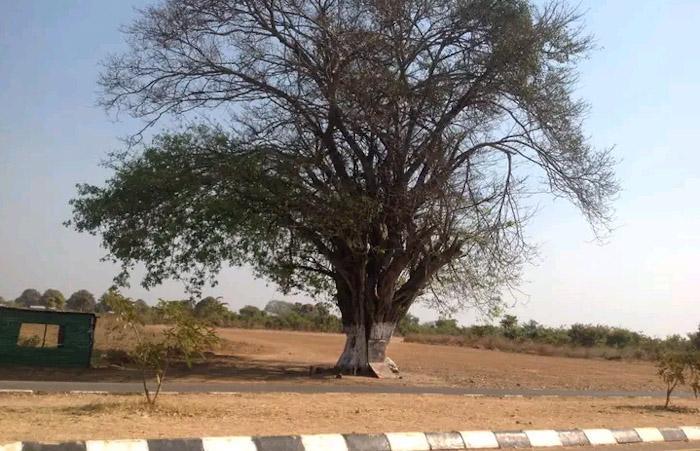
According to Francisco Chiwende, who was in Luena at the time, achieving peace was an imperative need for the country. In this context, the specialist suggested a deeper study on the exact place of death of Jonas Savimbi.
The historian and former employee of the Provincial Government of Moxico states that “the leader of UNITA was killed at the mouth of the river Luio, in the commune of Luvuie, municipality of Bundas, about 300 kilometers from Luena.
“As that region is covered by a lot of vegetation, the body was transferred to the neighboring commune of Lucusse, municipality of Moxico (headquarters), where the images were captured and the consequent announcement of death was made”, he said.
Cassamba enters the peace script
Although Luena hosted the negotiations that marked the end of the worst period in Angola’s recent history, as it is the provincial capital, it was in the commune of Cassamba, municipality of Luchazes, where the ceasefire pre-agreement was negotiated, signed on March 18, 2002.
This meeting was attended by generals Geraldo Sachipengo Nunda, representing the Angolan Armed Forces (FAA), and FALA Chief of Staff, Abreu Muego Ukwachitembo “Kamorteiro”, representing UNITA, almost a month after the death of by Jonas Savimbi.
The meeting, transferred days later to the city of Luena, was decisive for the elaboration of the Luena Memorandum of Understanding, on March 30th, which allowed the signing of the effective peace agreement, on April 4th, 2002.
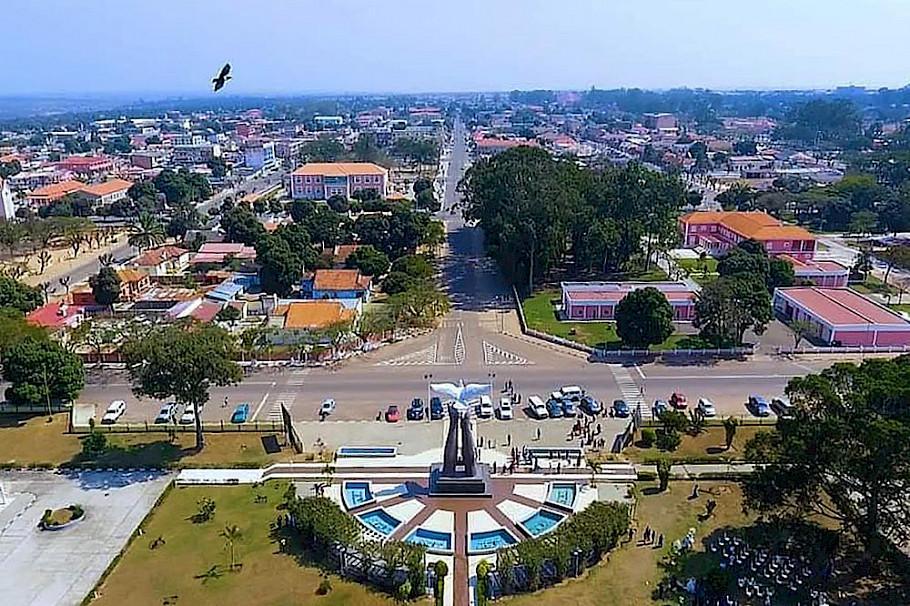
Peace took its first steps in Moxico and had its highest point in the building of the former seat of the National Assembly, in Luanda, where it was solemnly signed in the presence of various national and international figures, recalls historian Francisco Chiwende.
Among the participants in the first meeting, in Cassamba, bringing together delegations from the Government and UNITA, was the journalist Estevão Jorge Venâncio, from the Public Television of Angola, at the time highlighted as a camera operator in the coverage of the event that took place in a chana, less than a kilometer from the communal seat.
The professional recalls that that meeting, which lasted an hour and a half, was important for the country’s history, as it marked the beginning of talks for definitive peace and reconciliation between Angolans.
According to the witness, in addition to General Nunda, representing the government forces, there was General Hélder Vieira Dias “Kopelipa”, linked to the security structure of the office of the then President of the Republic, José Eduardo dos Santos.
Peace in Angola – an inspiring model
In fact, the process of peace, unity and national reconciliation in Angola constitutes an inspiring model for several nations, due, above all, to the political maturity demonstrated by the Angolan protagonists, who, in the final and decisive stage of the conflict, did not need international mediation. .
Unlike other failed or short-lived attempts to reach peace, the end of the 27-year conflict was sealed between sons of the same country, with a lively handshake.
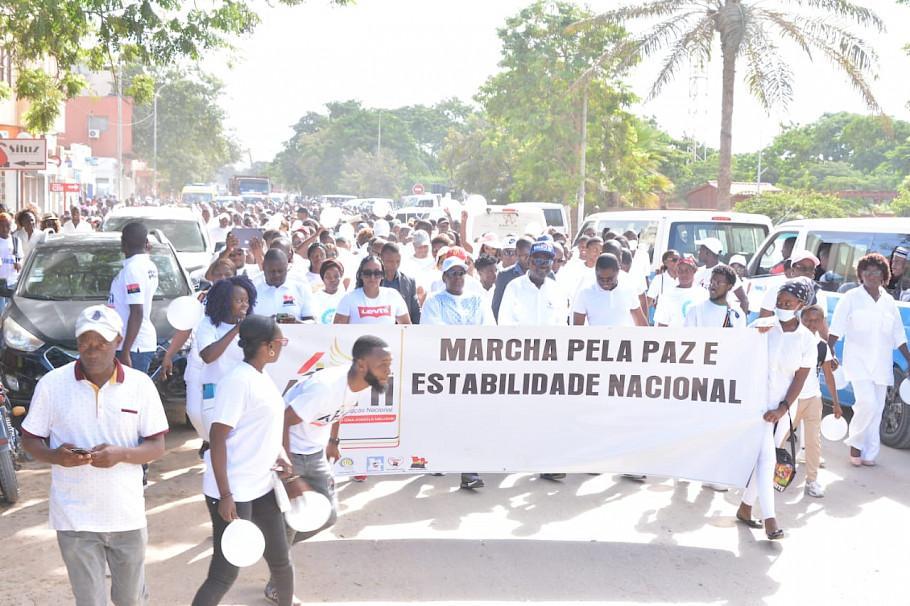
This spirit of unity and national reconciliation was recently manifested by the daughter of the well-known general Kufuna Yembe, a historic UNITA militant and former member of FALA, who fought alongside Jonas Savimbi, and later joined the Angolan Armed Forces ( FAA).
“We’ve already had several opportunities to leave this world for the next, but God didn’t allow it. I remember when we ate food without salt, we squeezed herbs to get a drop of water to quench our hunger and thirst”, revealed Marcelina Yembe, still distressed.
Marcelina, who made these statements at the funeral of her father, who recently died in Luena, highlighted the process that led to peace, unity and reconciliation of Angolans.
“When we were captured, it seemed like it was the last day of our lives, but it was the beginning of much happiness. On that day, I don’t remember who it was, but a voice came from outside saying: sir general, we came to fetch you together with his family, the suffering is over. And, really, the suffering was over when we arrived in the city”, he recalled.
A new era
The war in Angola caused the destruction of thousands of schools, hospital centers and medical posts,
delaying the progress of a Nation that still feels the effects of the conflict.
By the year 2002, more than 70 percent of the country’s road network was in an advanced state of degradation and more than two thirds of the four thousand existing bridges and pontoons were partially or totally broken.
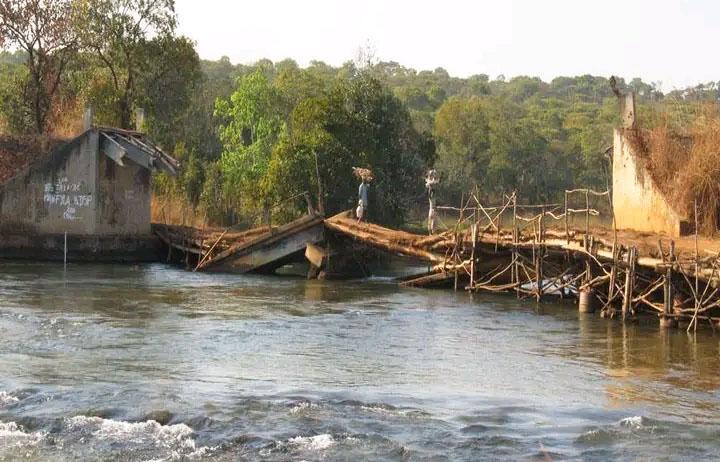
To reverse this situation, the Government has been making considerable investments, with the construction of school infrastructure, health units, dams, expansion of the electricity network, water distribution systems, among other projects, although there is still much to be done. .
In the province of Moxico, in particular, even in a “timid” way, its evolution in various sectors is notorious, with the construction of various social and economic infrastructures.
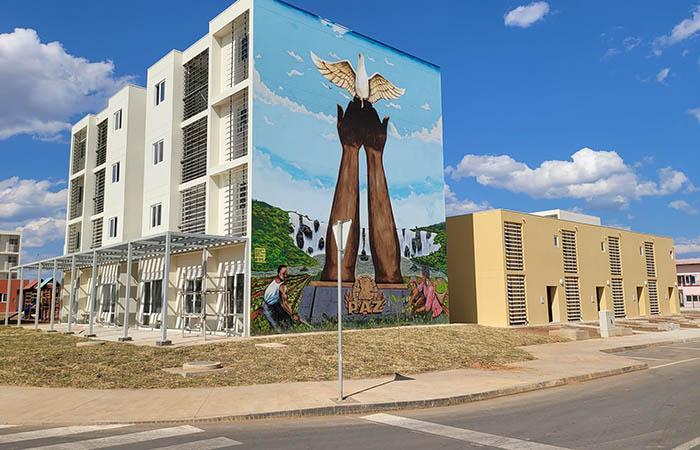
In recent years, the province has seen the growth of the school network, and has implemented policies for social inclusion and the fight against poverty.
In the education segment, the number of students attending general education rose from 100,000 in 2003 to more than 300,000 so far, of which more than 200,000 are in primary education.
As for teachers, the region currently controls 6,896 teachers, who ensure the teaching and learning process in 356 schools and 2,216 classrooms.
Despite this, the province still needs more than 800 new classrooms, equivalent to 62 T14 schools, to accommodate more than 77 thousand children who are outside the education system.
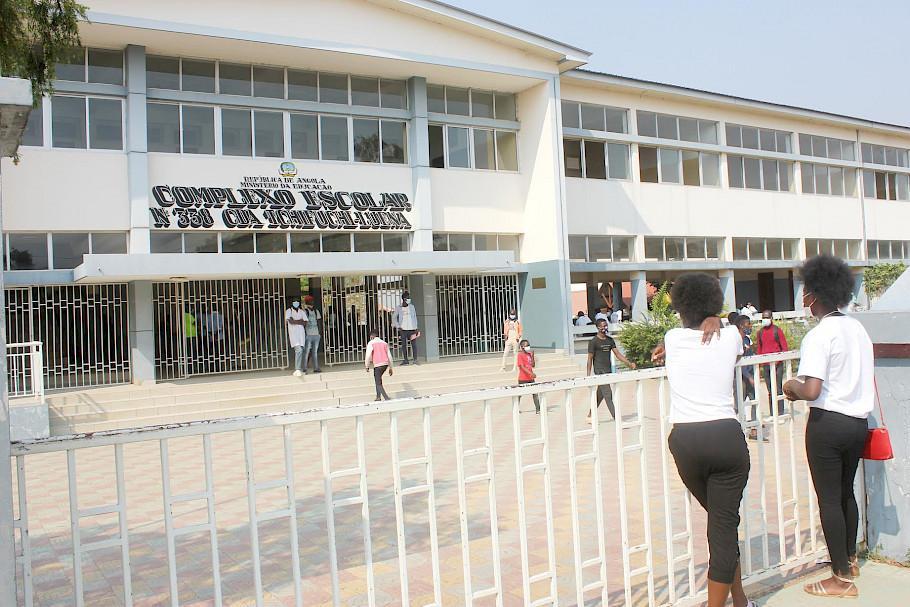
The province also recorded growth in higher education, with the emergence of three institutions in this education sub-system, which offer over 20 courses, providing, on average, more than seven thousand students per year.
In terms of health, at least 20 new health units have been built and rehabilitated, in various communal and municipal seats, within the scope of the Integrated Plan for Intervention in Municipalities (PIIM), over the last five years, to relieve the high demand registered in referral hospitals.
These health units joined the current 148, expanding access to the population’s right to health.
more opportunities
The province of Moxico has diverse economic, cultural, tourist and mineral potential, but, until now, many remain “virgins”.

Due to their potential, they could contribute exponentially to the economic diversification of the country.
The lack of paved roads is pointed out by many as the main factor that has limited the development of this region.
Moxico has only 585 kilometers paved, out of the 3,477 that make up the road network in the region, and of the nine municipalities, only one (Camanongue) is connected by paved road.
The province is experiencing difficulties related to the expansion of the electricity network, in all municipalities, which is crucial to attract investors and leverage the economic sector, fundamentally with the construction of small and medium-sized industries.

Meanwhile, a Solar Energy Park, with an installed capacity of 26,906 Megawatts, is under construction in Luena, and its execution is already around 60 percent. The project will benefit more than two million people.
This “clean energy” park will have 42 thousand 560 solar panels until its completion, within two years, which will save at least 19 thousand 515 liters of fuel consumed in the current thermal power stations.
At present, in addition to thermal energy, the city of Luena is being supplied by 6.5 MW, of the 12 produced in the hydroelectric power plant of Chiumbe, installed in the municipality of Dala, province of Lunda Sul, but, even so, insufficient to respond to the demand of the city where more than 460 thousand citizens live.
As for the water sector, the Provincial Water and Sanitation Company of Moxico carried out, in Luena and surroundings, 7,400 connections, of which 5,791 are active, benefiting 200,000 inhabitants, which correspond to 37 percent of coverage in the entire province.
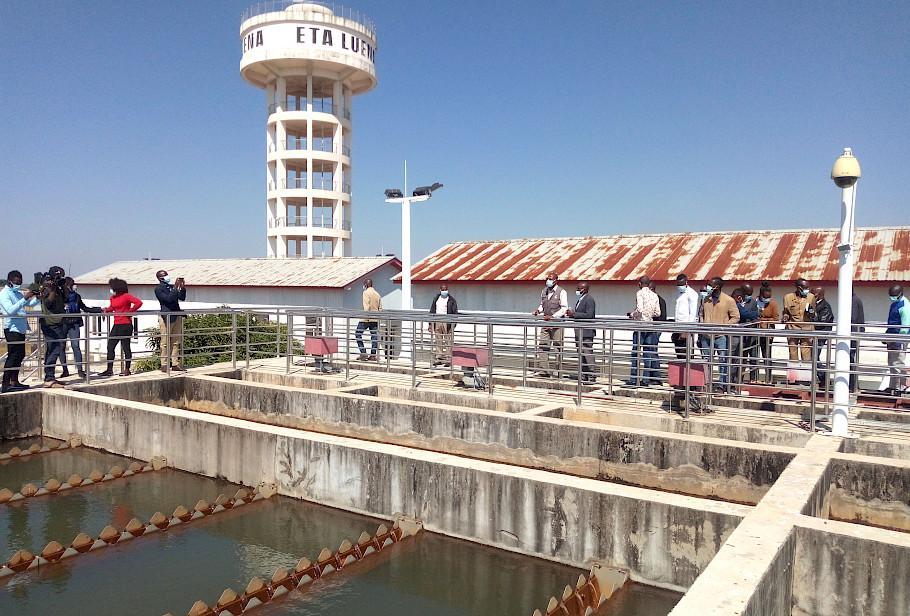
With the aim of reinforcing the product’s distribution network, the Institutional Development Project for the Water Sector is being implemented, which will increase the supply rate to 70 percent.
According to historian Francisco Chiwende, despite the silence of the guns, much still needs to be done in Moxico, taking into account the increase in crime and the feeling of social injustice that hovers among the population.
Therefore, he defended the creation of viable public policies for the promotion of the country’s economic and social development, with strong investments in the communities.
On the other hand, he encouraged young people to invest in academic training and knowledge about the country’s history, avoiding immediacy.
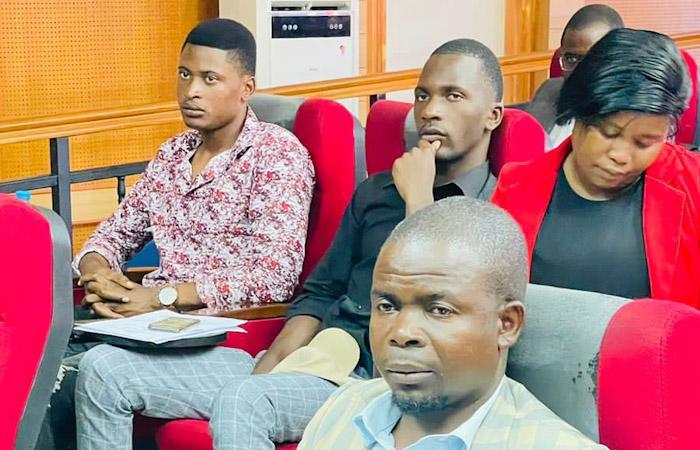
“The youth must make Angola what they want. It is not an Angola of disorder, as we have seen, but serve the homeland with responsibility”, he concluded.
Angola celebrates on April 4, 21 years since the achievement of Peace and National Reconciliation, under the motto “21 years of peace, building a better Angola”.
For More News And Analysis About Angola Follow Africa-Press

